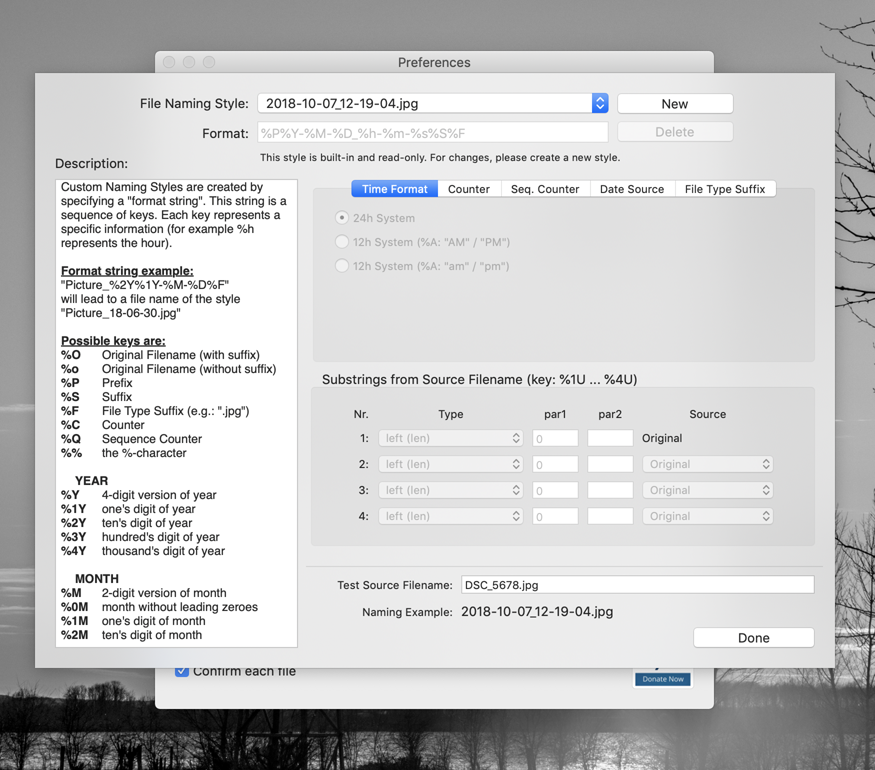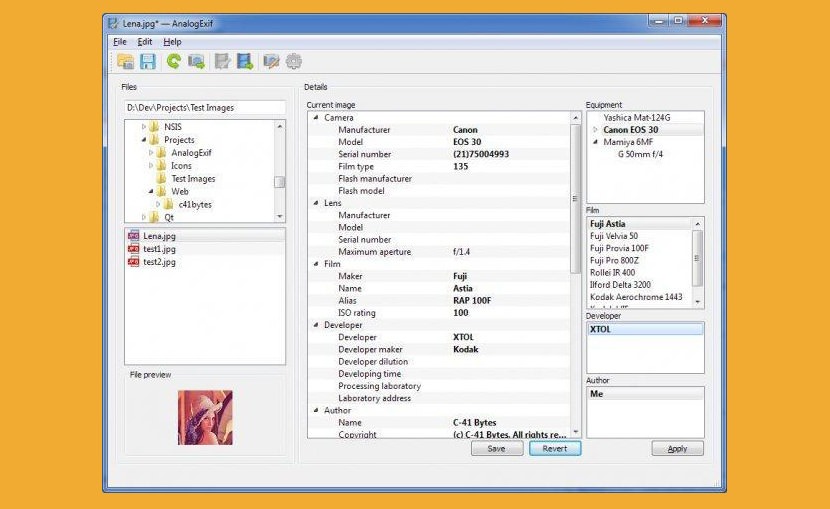

You can use %f to also include the original filename (without extension). jpg in the current directory to a format like 20181226-111141.jpg. Will automatically rename all files ending in. It's a command-line tool available for Linux, Mac, and Windows. If you use this method to copy images from a card into some other directory and then run it again on the same set of images, you will end up with identical files numbered 000 and 001.įor simple things where the flexibility, power, and complication of ExifTool aren't necessary, I like to use the tool jhead. Note that this does not weed out duplicates. When picking a name, ExifTool will keep incrementing the copy number until it finds a filename that doesn't exist and rename the file to that. If you had multiple files created during the same second, each successive rename would overwrite the last file and all you'd get is the last one. You can also specify individual images if you want.Ībout the copy number: This is an important thing to put in your filenames because many cameras don't provide fractional seconds in their timestamps. is the path of the directory where you want to operate. The next argument tells ExifTool to change the filename to whatever is in the CreateDate field in the EXIF using the date format specified earlier.įinally, the. I'll explain why that's important in a minute. The three zeros after the time are a copy number put there by %%-03.c in the date format. The pattern contains date format codes that fill in various bits and pieces from the date. The -d switch tells ExifTool to format dates according to the next argument's pattern. It has a steep learning curve, but once you're over it, the kind of renaming you're after is a snap: exiftool -d '%Y%m%d-%H%M%%-03.c.%%e' '-filename ExifTool is pretty much the Swiss army chainsaw for doing these kinds of things.


 0 kommentar(er)
0 kommentar(er)
